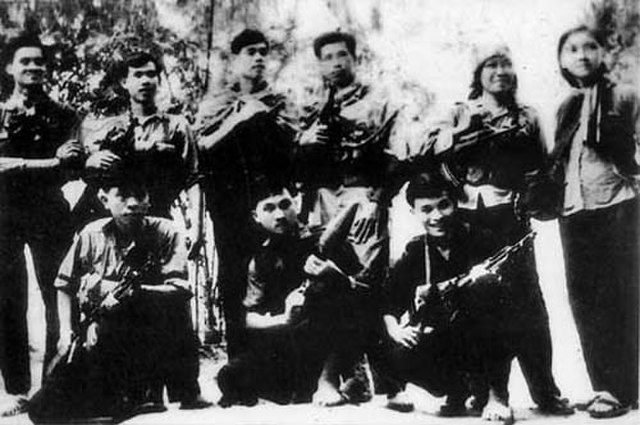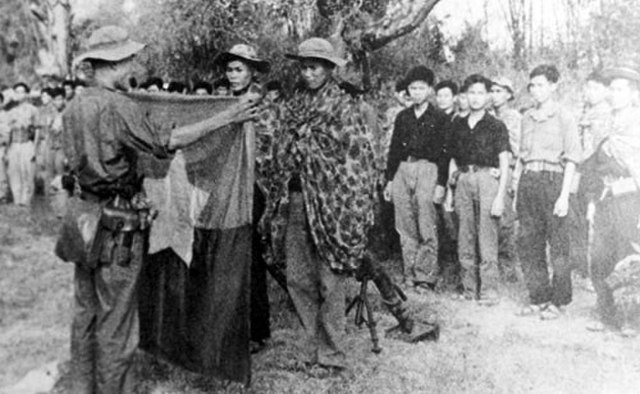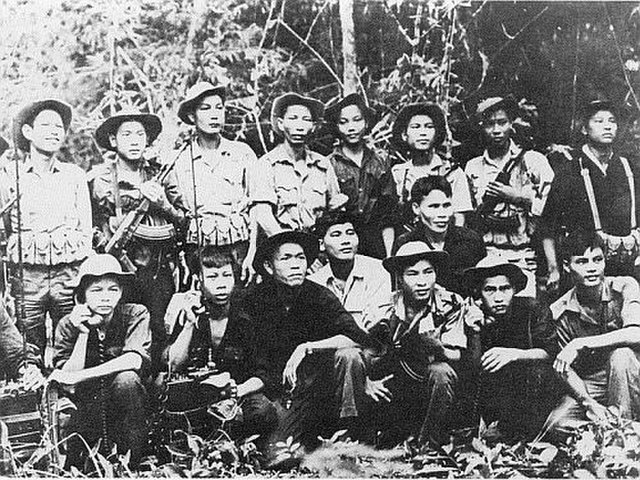The Battle of Huế, was a major battle in the Tết Offensive launched by North Vietnam and the Việt Cộng during the Vietnam War. Initially losing control of most of Huế and its surroundings, the combined forces of South Vietnam and the United States gradually recaptured the city after a little over one month of intense fighting. The battle was one of the longest and bloodiest of the war, causing it to negatively affect the American public perception of the war. The battle is widely considered to be one of the toughest and most intense urban battles ever fought.
Marines from A Company, 1st Battalion, 1st Marines, engaged in house-to-house combat in Huế in February 1968
Hue: the initial dispositions
Tây Lộc airfield
U.S. Marines clear buildings in southern Huế supported by tanks
The Tet Offensive was a major escalation and one of the largest military campaigns of the Vietnam War. The Viet Cong (VC) and North Vietnamese People's Army of Vietnam (PAVN) launched a surprise attack on January 30, 1968 against the forces of the South Vietnamese Army of the Republic of Vietnam (ARVN), the United States Armed Forces and their allies. It was a campaign of surprise attacks against military and civilian command and control centers throughout South Vietnam. The name is the truncated version of the Lunar New Year festival name in Vietnamese, Tết Nguyên Đán, with the offense chosen during a holiday period as most ARVN personnel were on leave. The purpose of the wide-scale offensive by the Hanoi Politburo was to trigger political instability in a belief that mass armed assault on urban centers would trigger defections and rebellions.
General William C. Westmoreland, COMUSMACV
VC prior to departing for Saigon-Gia Định
VC special forces are sworn into the forces before the Tet Offensive
VC troops pose with new AK-47 assault rifles and American field radios








